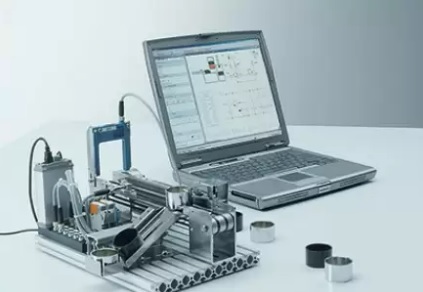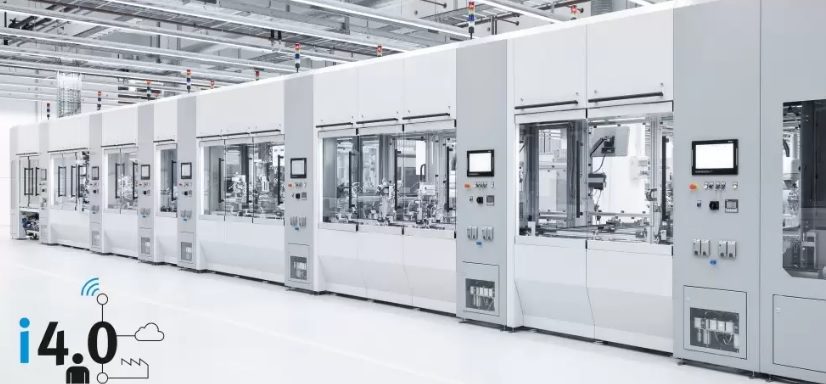PTE examines educational and training programs in mechanical power transmission, automation, motion control, robotics and mechatronics regularly in the PTE Revolutions Blog. Today, we're looking at mechatronic training with Festo.

Festo’s MecLab provides students an opportunity to learn the practical and theoretical aspects of automation technology. It consists of three separate systems that can be used in combination or as stand-alone stations, sparking student interest in scientific thinking.
MecLab helps students gain insight into one of the most significant fields of application for automation technology – production technology. The three stations of the mechatronics training system – conveyor, handling, and stacking magazine – are simplified models of typical processes to be found in any automated production plant. Students solve real-world industrial motion control problems. They observe and measure electrical and fluid power laws as they design systems to move, assemble, and sort work pieces within the stations. They gain the ability to design and evaluate production processes and procedures, based on the efficiency of motion and energy conservation.
Stack Magazine Station
The stacking station stores workpieces that can be stamped with the stamping unit. In an automated production line, work pieces are stored and fed into the process in a timed sequence. This is the function of the MecLab Stack Magazine Station. It stores, transfers, and presses each workpiece.
Conveyor Station
In many production assembly lines, workpieces are transported between “process stations” via conveyor belts. The conveyor station in MecLab provides realistic simulation of an industrial workpiece transport system. The drive motor can be made to run forward and in reverse. Work pieces are detected, classified, and sorted by color.
Handling Station

Whether it’s a simple pick & place operation or highly complex assembly work – handling systems are always involved. The MecLab Handling station consists of pneumatic cylinders with simple bearing guides and two axes. The work piece is held with a vacuum gripper. The system can be used to transport the work piece between stations or to join two halves of a workpiece.
Festo offers modular learning systems equipped with the most modern industrial components, enabling customers to teach the core competencies for mechatronics and automation technology in a hands-on, project-oriented way necessary for the demanding manufacturing industry. Learn more about the company’s factory automation and mechatronic technologies here:
festo.com/us/en/e/technical-education/learning-systems/factory-automation-and-industry-4-0-id_31324/






